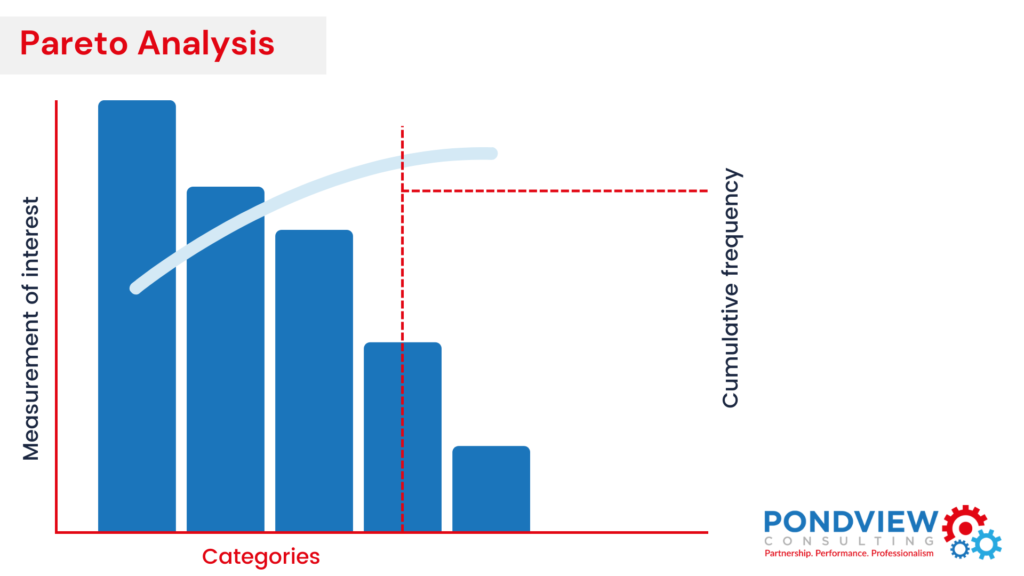The world’s supply chains and procurement operations are under more scrutiny than ever, and companies are tasked with improving resilience, boosting efficiency, and meeting the delivery expectations of customers. Disruptions from the COVID-19 pandemic, postal worker and dock strikes, geopolitical strife, and natural disasters have increased the need for companies to focus on resilience, supply chain efficiency, and building relationships. These aspects of their operations will be critical to supply chain operations. Here are some tools that can help identify and resolve underlying issues, all of which are available for free for subscribers to my monthly newsletter.

Is Your Supply Chain Built for the Future?
The most successful companies aren’t just resilient; they’re antifragile. Learn how to future-proof your supply chain by downloading a FREE copy of “The Supply Chain Antifragility Playbook: 5 Strategies to Turn Disruption into Growth”:
💡 Don’t just survive supply chain disruptions—thrive because of them.
✅ Develop supplier flexibility
✅ Use AI for predictive forecasting
✅ Build stronger relationships
Sign up for the Pondview Consulting monthly newsletter below, and you will receive a free copy of The Supply Chain Antifragility Playbook: 5 Strategies to Turn Disruption into Growth.
This free resource contains powerful strategies to turn volatility into competitive advantage.
✅ Build diversity into your supply chain
✅ Strengthen supplier relationships
✅ The power of AI-driven predictive insights
✅ Optimize inventory management
✅ Enhance supply chain visibility
💡 Proven frameworks from top companies like Toyota, Walmart & Unilever
Or, get in touch with me to request a copy by emailing hello@pondviewconsulting.com or connecting with me on LinkedIn.

Corporate Sustainability Reporting Directive
The Corporate Sustainability Reporting Directive (CSRD) is a key regulatory development in the European Union, designed to
increase transparency and accountability for businesses regarding environmental, social, and governance (ESG) matters.
This report serves as a practical guide for companies to understand the CSRD’s requirements, including who it applies to, the scope of reporting obligations, and the timeline for implementation.
With specific insights for industries such as plastics and paper, this guide outlines how businesses can prepare for compliance,
engage with their supply chains, and turn sustainability
reporting into a strategic advantage.
Through proactive preparation, companies can meet regulatory demands and also unlock opportunities for long-term value creation.
Sign up for the Pondview Consulting monthly newsletter below, and you will receive a free copy of my white paper, Corporate Sustainability Reporting Directive: A Comprehensive Guide to Best Practices.
Or, get in touch with me to request a copy by emailing hello@pondviewconsulting.com or connecting with me on LinkedIn.

How Will AI Impact Your Supply Chain Strategy?
Technology – specifically AI – is changing the supply chain game. In this white paper, I look at how AI is transforming both the supply chain and the role of supply chain leaders. I explore:
The leadership shift AI is causing and the actions leaders are taking now to leverage AI for supply chain excellence.
The impact of AI and the potential power it has to improve supply chain management.
The radical impact AI will have on labor and team dynamics.
How leaders can implement AI effectively.
A case study that looks into how Walmart embraced AI and used the technology to compete effectively with Amazon.
and so much more!
Sign up for the Pondview Consulting monthly newsletter below, and you will receive a free copy of my white paper, Revolutionizing Supply Chain Excellence through the Integration of AI and Machine Learning.
Or, get in touch with me to request a copy by emailing hello@pondviewconsulting.com or connecting with me on LinkedIn.
Cause & Effect "Fishbone" Diagram
Fishbone Diagram, also known as a Cause and Effect Diagram or an Ishikawa Diagram after its creator, is a brainstorming tool. It is designed to assist with identifying potential root causes for an undesirable effect.
Causes are often grouped into the following categories:
- Man/Mind Power (People)
- Method (Process)
- Machines (Program)
- Materials (Product)
- Measurements (Policy)
- Milieu/Mother Nature (Place)
Pareto Analysis
A Pareto chart is a cause analysis tool in the form of a bar graph that visually depicts which situations are more significant. The lengths of the bars represent frequency or cost, time or money.


